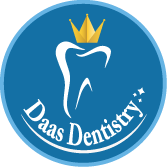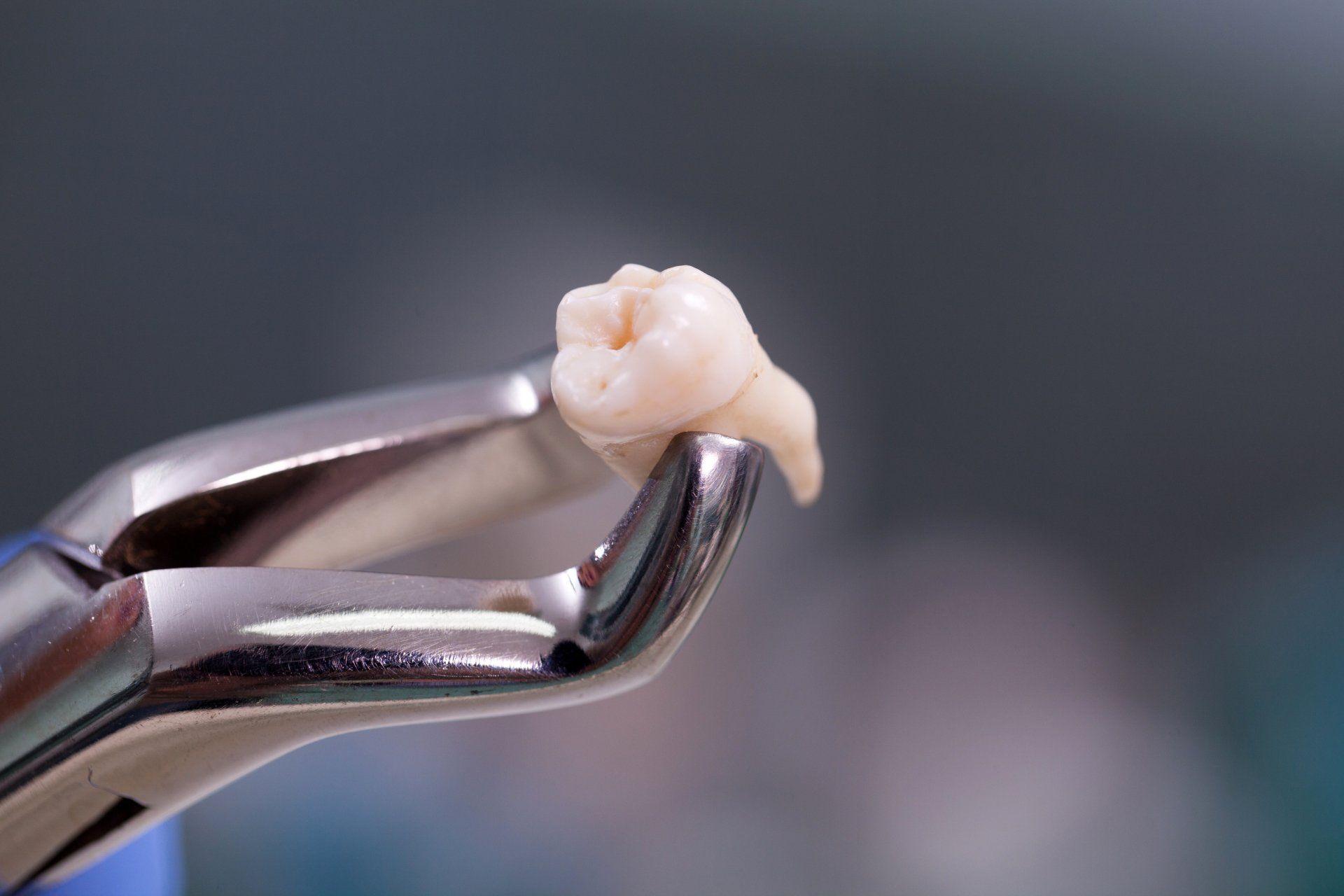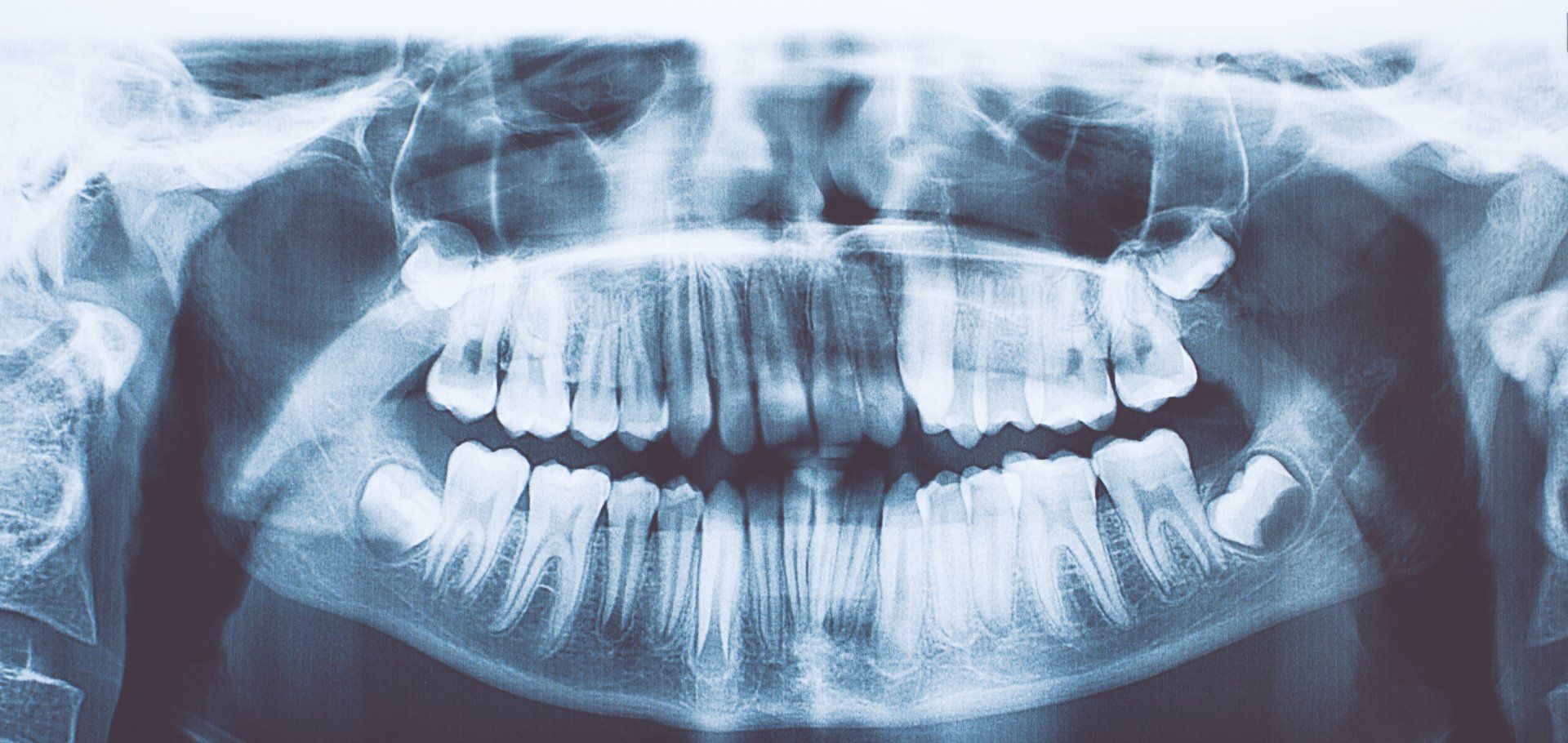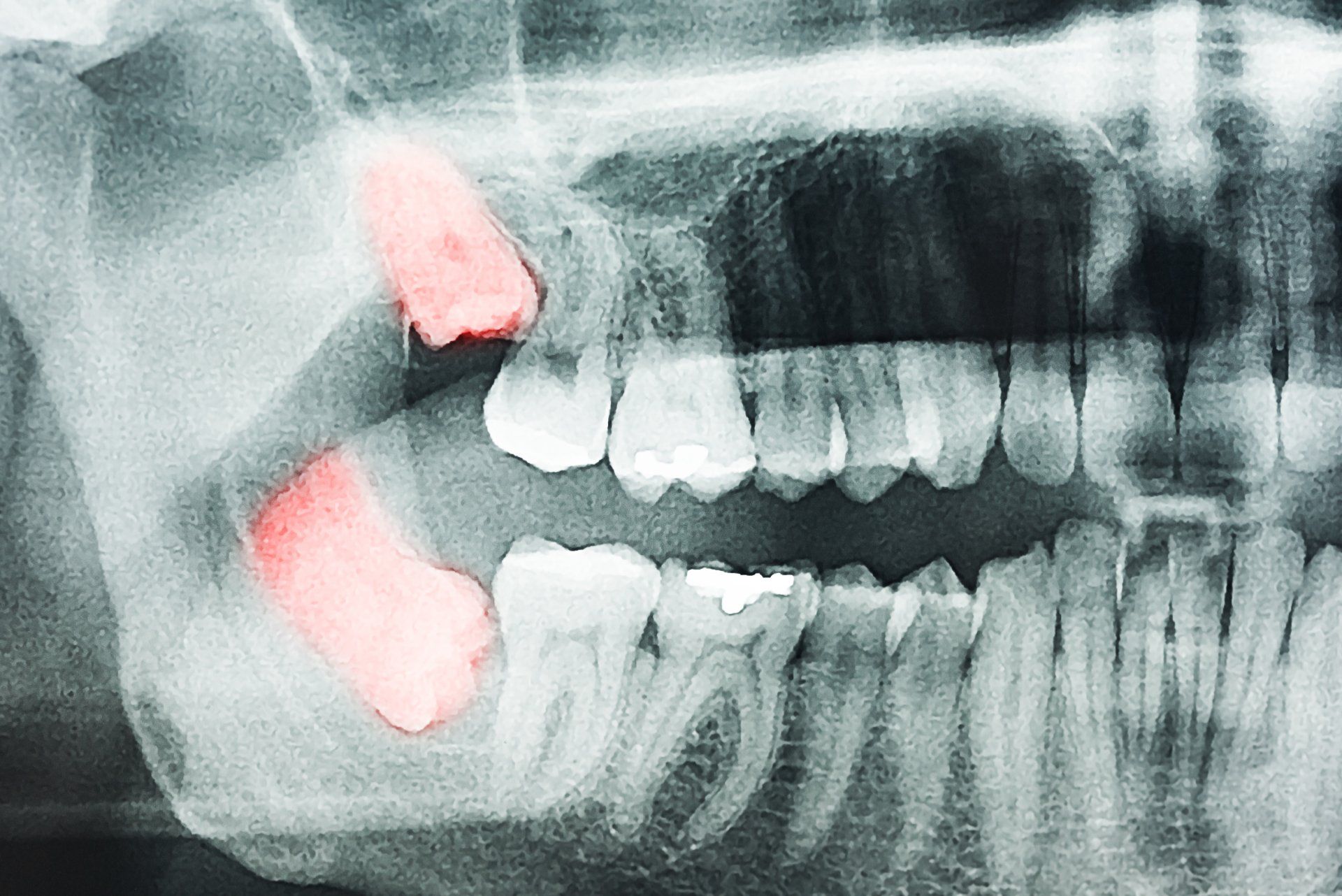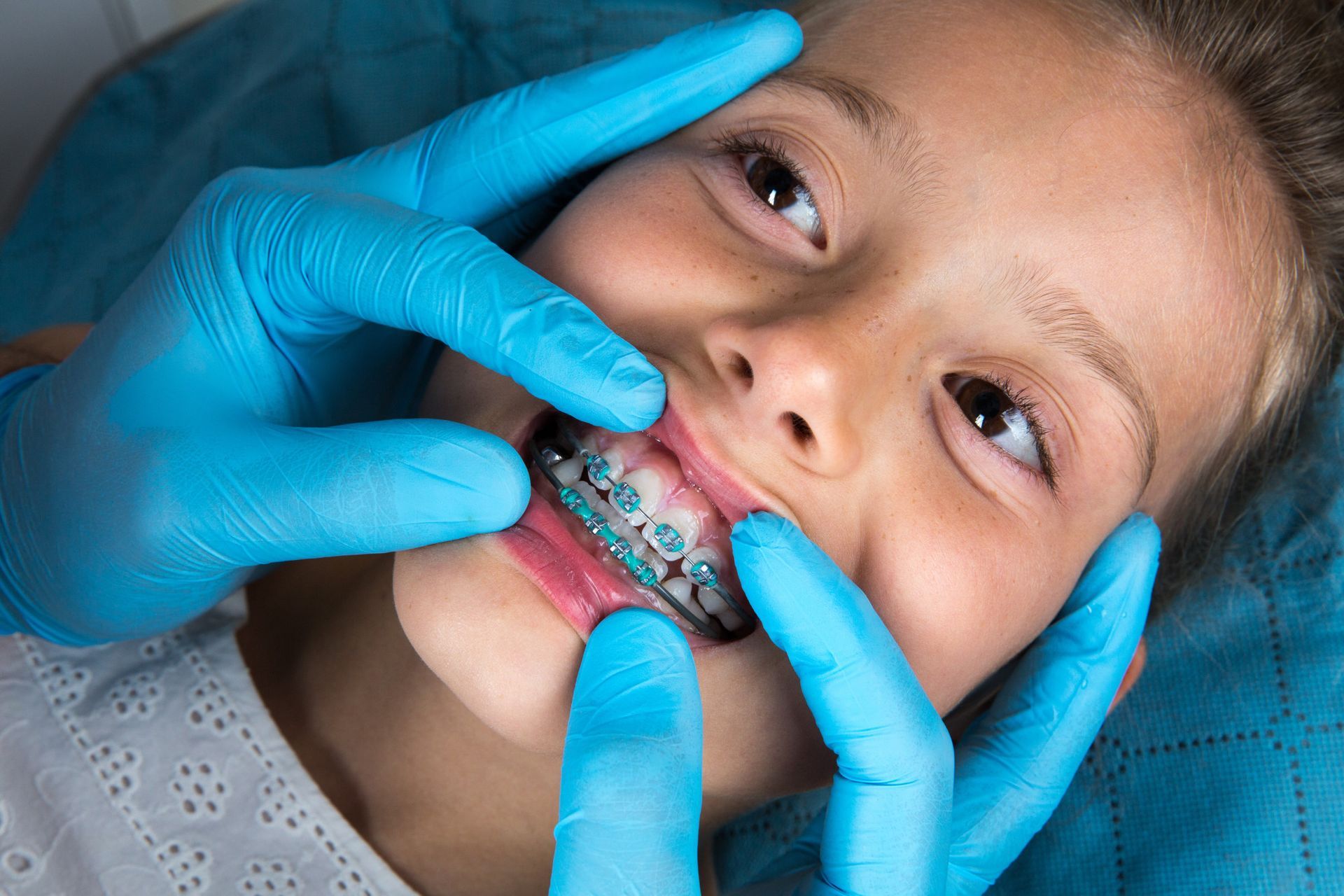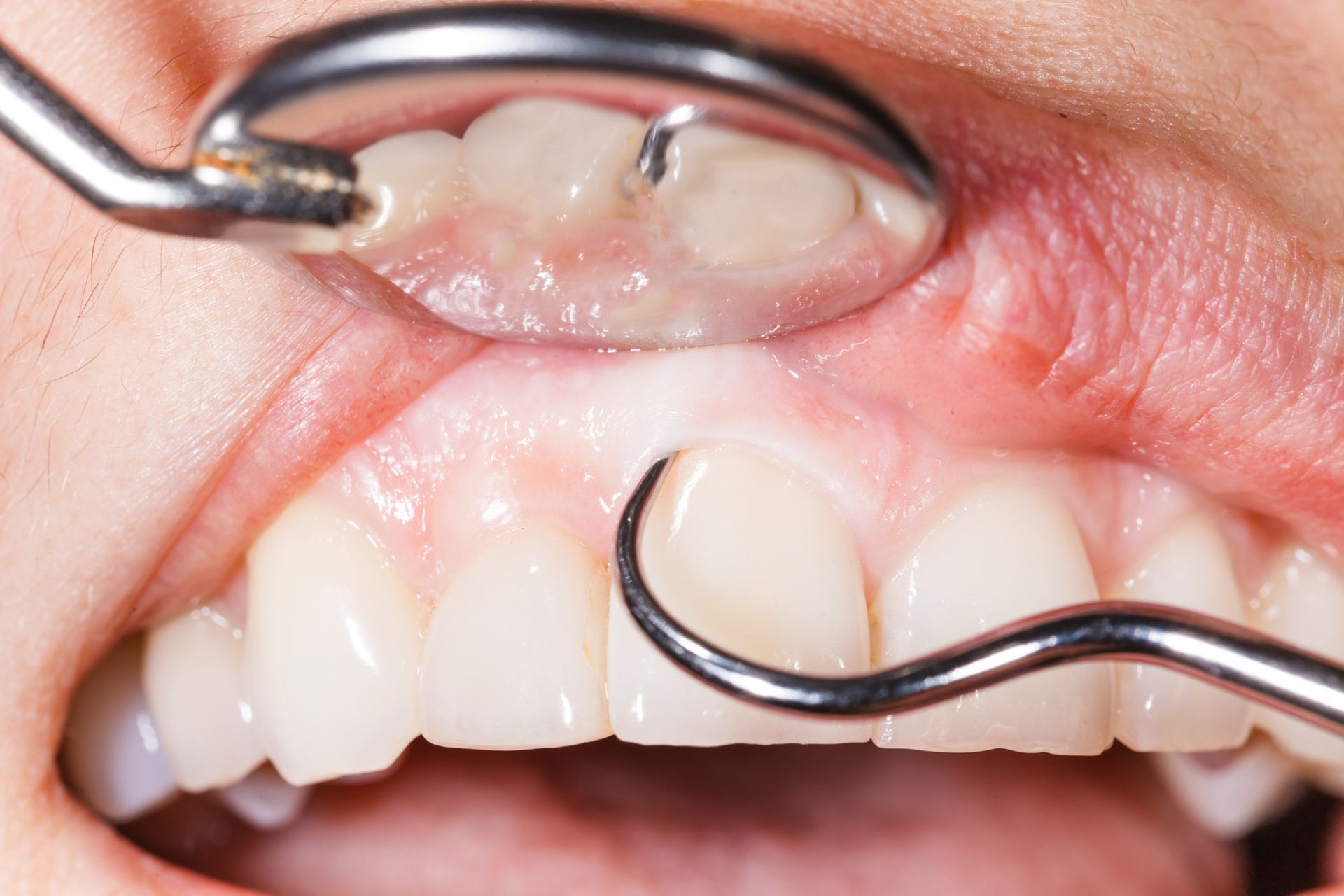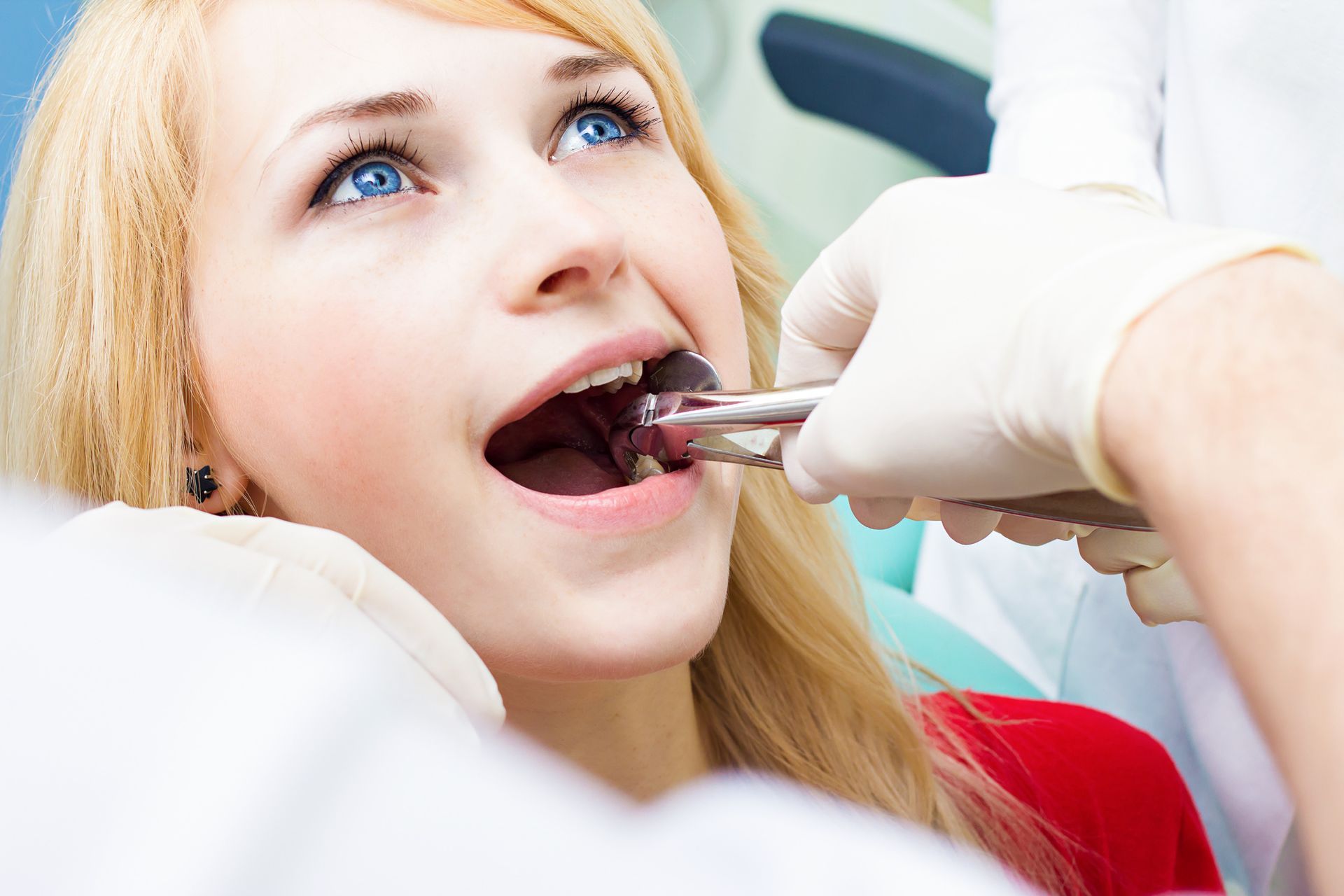Here Are the Major Causes of Tooth Enamel Loss (And How to Stop It!)
October 16, 2020
More than nine in 10 Canadians
have had dental decay at some point in their lives. This makes tooth decay the most common oral condition in Canada, and, in fact, throughout the world.
The good news is, tooth decay is preventable. This is much thanks to the enamel, the extremely hard material that covers and protects the teeth.
This doesn't mean that the enamel is impervious to damage, though. Tooth enamel loss can still occur, and it can happen way faster if you make the wrong food and drink choices.
Ready to learn more about enamel and the many things that can weaken it? Then let's get right into it!
What Is the Enamel?
The enamel is the hard, outermost layer of the teeth. Think of it as a shield protecting the inner, more sensitive parts of your teeth. In fact, it's this material that protects your teeth from the bad bacteria that live in the mouth.
97% of the enamel
is hydroxyapatite, the mineralized form of calcium phosphate. This makes the enamel the hardest material in the body -- even harder than bone and steel. However, the enamel is also a lot more brittle than both.
As such, no matter how hard the enamel is, it can corrode, erode, and wear away over time. Enamel loss is one of the main causes of tooth sensitivity
and eventually, dental decay. When this occurs, your gums will become more susceptible to gum disease.
Contrary to popular belief though, aging isn't the sole culprit behind the loss of enamel. Yes, you'll lose some of this protective covering as a natural part of the aging process. However, there are many other things that can speed up the deterioration of the enamel.
Here’s a quick look at 10 of them.
1. Poor Dental Hygiene
The oral cavity is home to about 700 bacterial species. Most of these microorganisms are benign or harmless, while others aid in digestion. Some even help protect the gums and teeth from diseases.
Many others, however, are the primary reason for tooth decay and gum disease. These are the bacteria that feed on the carbohydrates left by the food and drinks you consume. As they eat away and digest these carbs, these bacteria produce acids on the teeth.
These acids turn into plaque once they get mixed with your saliva and the other bacteria in your mouth. Plaque is the soft, sticky, and clear film that forms on the surfaces of and between teeth. It can also cover the areas above and below your gum line.
Plaque contains millions of bacteria that attack the teeth enamel. Repeated attacks will ultimately wear away and weaken the enamel.
The thing is, detectable plaque can form on undisturbed teeth in as little as 12 hours.
This is why you need to brush and floss at least twice a day. Otherwise, you'll give the bad bacteria in your mouth enough time to eat away at the tooth enamel.
2. Using the Wrong Kind of Mouth Wash
Chlorhexidine gluconate is a disinfectant and antiseptic used in germicidal mouthwashes. As effective as it is in fighting bacteria though, it has also shown to increase tartar formation. Tartar is the hardened form of dental plaque, so you definitely don't want it on your teeth.
You can still gargle with a germicidal mouthwash, but limit it to short-term use. For regular gargling, stick to plaque-inhibiting or preventive mouthwashes. You should also refrain from rinsing, drinking, or eating 30 minutes after you gargle.
3. Swigging Soda
100 grams of sucrose or table sugar contains 42.11 grams of carbon. A 325 ml can or bottle of regular Coca-Cola has 39 grams of sugar. So, aside from all that sugar, that regular Coke also contains 16.4 grams of carbon.
Every time you drink soda, these two components interact with the bacteria in your mouth. They'll form even more acids that attack the teeth. Over time, these assaults will take their toll on your enamel and cause it to break down.
4. Too Much Citric Acid
As healthy as they are, orange and apple juices contain high levels of citric acid that can wear down the enamel. In fact, the citric acid in these juices can be five times more corrosive
than the citric acid in some types of soda. Moreover, these acids can trigger the development of white marks on your teeth.
You don't have to completely ban them from your diet, but if you do eat or drink them, be sure to rinse with plain water after. This will help wash away some of the acids they leave behind.
5. Regular Consumption of Carbonated Water
Drinking carbonated water all the time can also result in tooth enamel loss. In fact, carbonated water is acidic enough to weaken etched and sealed enamel!
6. Snacking on Sugar
If you're like 40% of Canadians,
then you eat candy at least three times a week. If you like these sweets a lot, then you may even be part of the 28% who eat them every day.
Unfortunately, two-thirds of the carbohydrates
in hard candy is pure sugar. Chewy caramels also contain almost 7 grams of sugar apiece.
Anything sugary is a threat to your teeth and gums because bacteria also love to feast on them. Combine this with poor dental hygiene, and it won't take long before your enamel wears away.
7. Feasting on Starches
White bread, crackers, pasta, rice, and cakes contain "rapidly digestible starches" (RDS). These processed starches are simple carbohydrates that break down quickly into sugars.
8. Guzzling Alcohol
Saliva helps prevent enamel loss and tooth loss by neutralizing bacterial acids. They also help stop plaque-causing bacteria from growing and multiplying.
Unfortunately, the alcohol and acid content of alcoholic drinks reduces saliva. Without enough saliva, your mouth will become a haven for harmful microorganisms. The longer this mouth dryness goes on, the more your teeth will be at risk of enamel loss and decay.
This is why people with an alcohol use disorder usually have higher plaque levels. These people are also three times more likely
to suffer from permanent tooth loss.
9. Bruxism
Bruxism, or teeth grinding, affects 10% of the adult population. It occurs more often during sleep, although some people also have awake bruxism.
Either way, all that grinding, clenching, and gnashing of the teeth can wear away the enamel. In fact, severe bruxism can even cause outright damage, such as cracks or breaks, on the teeth.
10. Acid Reflux Disease
One in six Canadians
suffers from gastroesophageal reflux (acid reflux or GERD). If you have this condition, your stomach acids reach your mouth throughout the day.
As with the rest of the acids in this list, gastric acid can also wear away the teeth enamel.
Putting a Stop To Tooth Enamel Loss
Keep in mind that once you lose enamel, you can't bring it back. However, you can still restore and strengthen weakened enamel. Still, it's much better (and easier) to keep your existing enamel.
Here are some tips on how you can stop enamel loss.
Brush for No Less Than 2 Minutes
Make sure that you spend at least two minutes on brushing your teeth. This gets rid of 26% more plaque
compared to brushing for 45 seconds (which most people do).
Upgrade to a Tapered-Tip Toothbrush
This type of toothbrush has soft bristles with tips that are narrower than a regular brush. Their tapered tips give them the ability to go under the gums without hurting the soft tissues. As a result, they get to remove plaque that may be hiding under your gum line!
In fact, one study confirmed that tapered-tip toothbrushes removed 71% of plaque. The researchers say that this is much higher than the plaque removed by a normal toothbrush.
Up Your Fluoride Intake
In 2017, 13.9 million Canadians
were drinking fluoridated community water. Thanks to the fluoride in this water, tooth decay rates in both kids and adults went down by 30%.
Drinking fluoridated water is one of the best ways on how to strengthen teeth enamel. This helps keep your teeth hard while also combatting bad oral bacteria.
Moreover, fluoride also restores enamel in small amounts. It does so by re-mineralizing the surfaces of the teeth. It won't bring back all the lost enamel, but it can help restore part of the teeth surfaces.
Say Hi To Your Dentist After Every Six Months
Visit your dentist for tooth cleaning and gum treatments
to prevent enamel loss. Seeing your dentist at least twice a year can help you ensure you don't have hidden tartar buildup. Routine check-ups also help your dentist track any potential enamel loss or damage.
Don’t Lose Any More of Your Dental Enamel
There you have it, your ultimate guide on the common culprits behind tooth enamel loss. Now that you know what they are, it'll be easier to keep them away from your teeth. This way, you can reduce your chances of losing your teeth's protective coating.
Ready to see a dentist who can help your entire family achieve optimal oral health? Then please don't hesitate to connect with us now!
Our dental team here at Daas Family will be more than happy to take your call and set your dental appointment!

Dr. Ehab Daas
Meet your doctor
Dr. Ehab is a passionate dentist with 15 years of dental experience. He received his D.D.S in 1997, and has practiced dentistry for 6 years since then. Immediately after that, Dr. Da'as moved to Paris to get his Orthodontics and Prosthodontic diploma's in which he specialized in fixed bridges and crowns. He graduated from France with remarkable achievements in 2005, and went on to work for 9 years, focusing on difficult orthodontics cases and satisfying his ortho patients. Dr. Ehab moved to Canada in 2014 to continue his career, where he is proud and extremely honoured to provide his patients with the highest quality service.
Learn More
